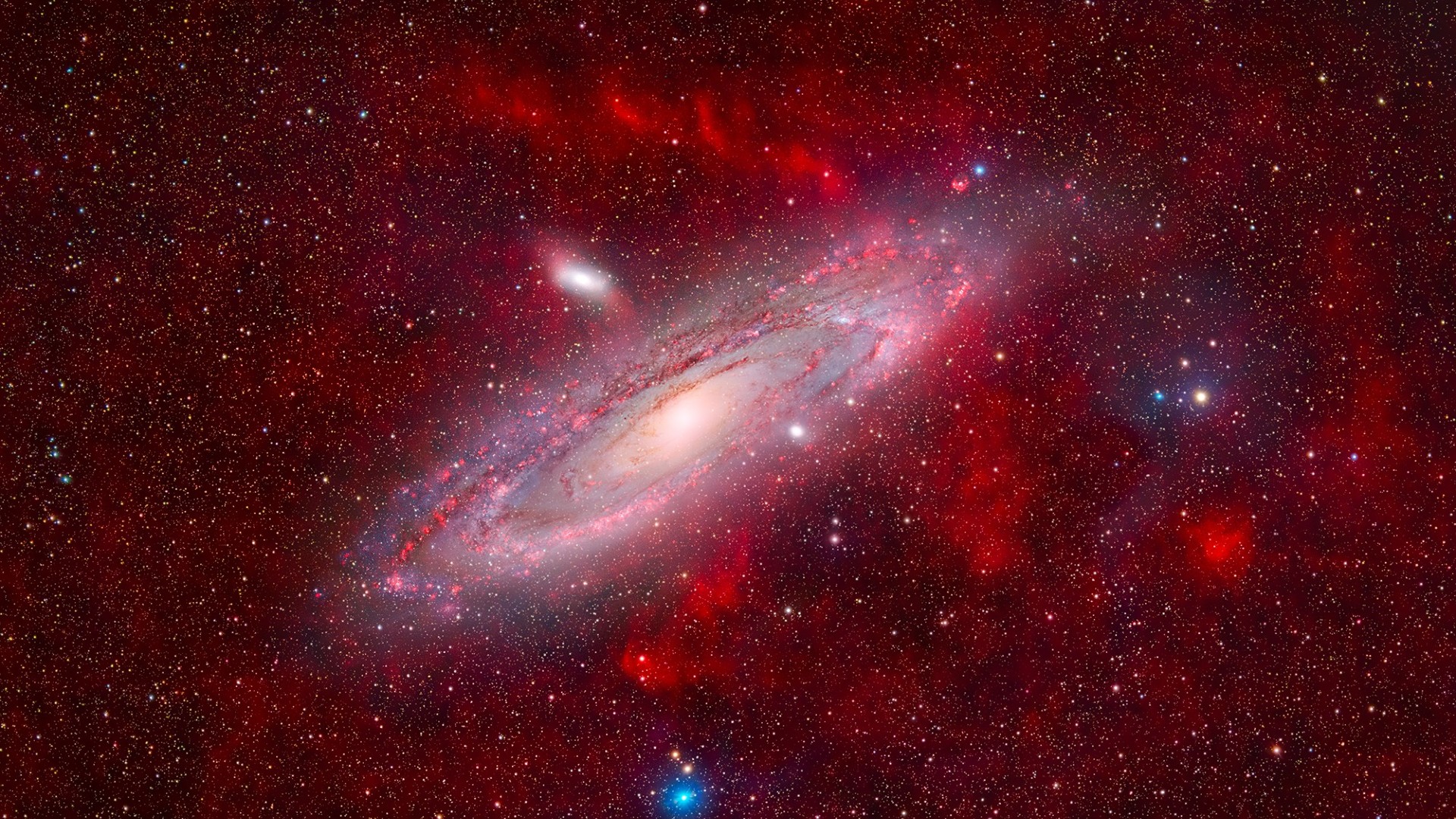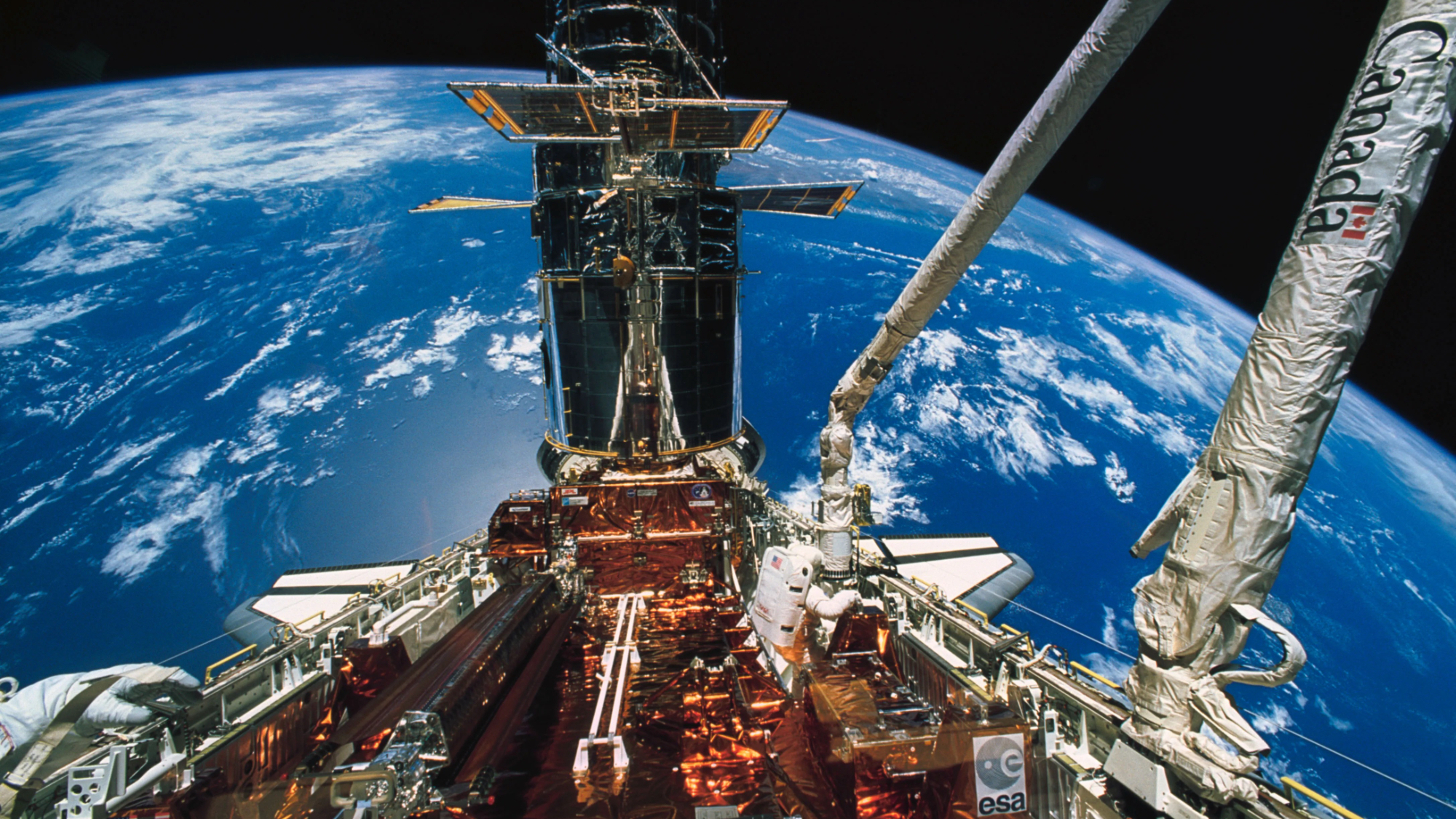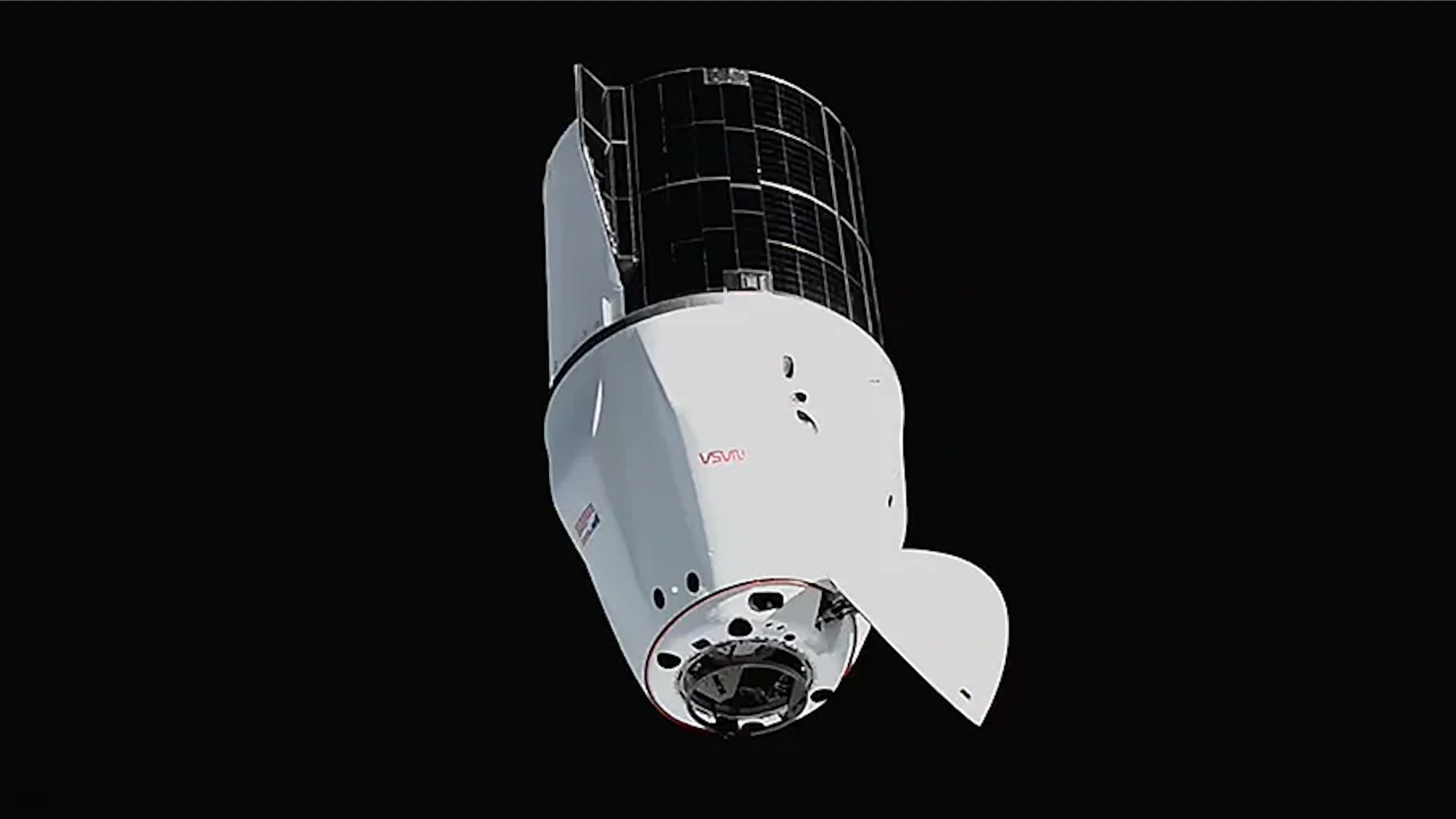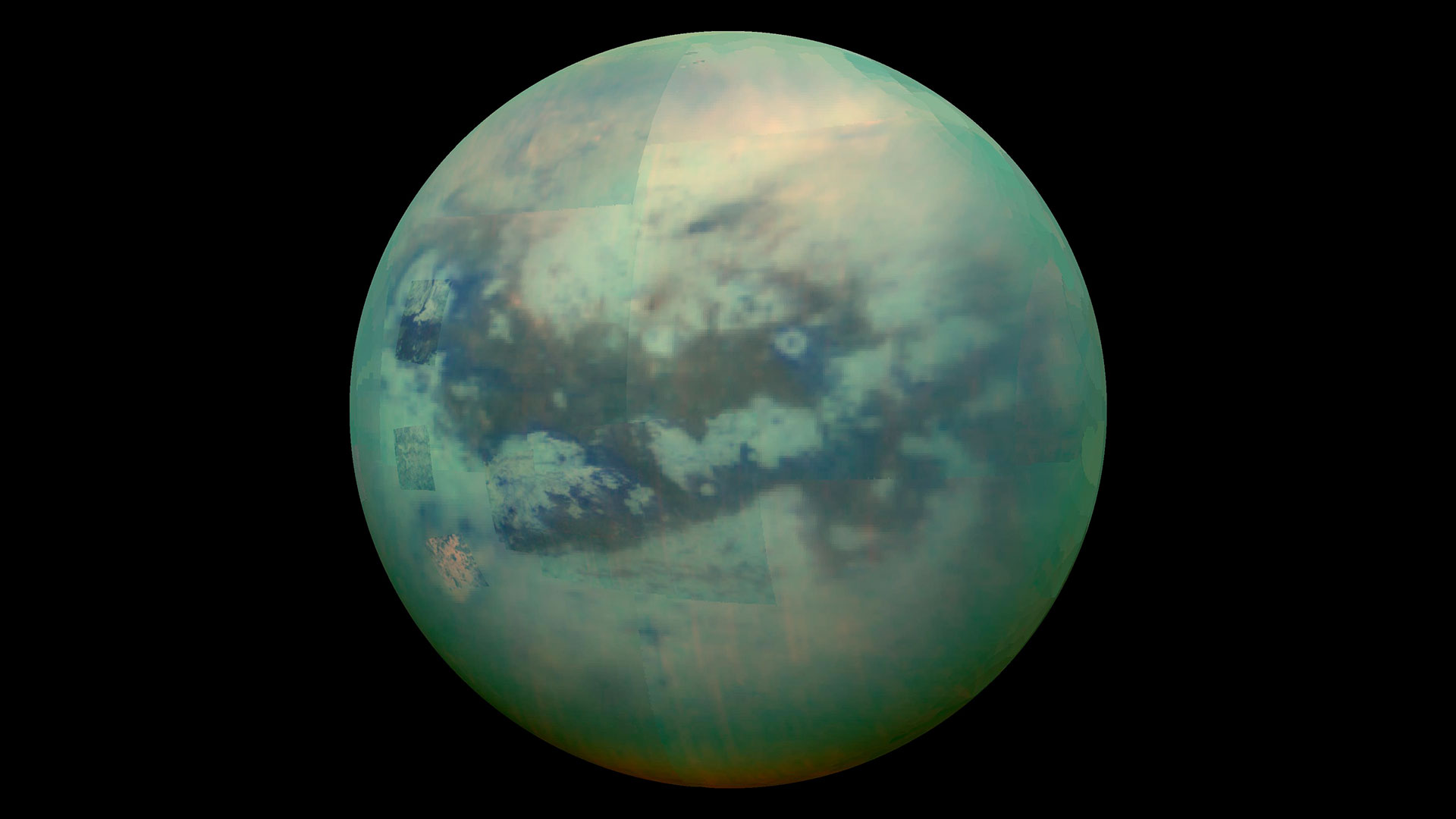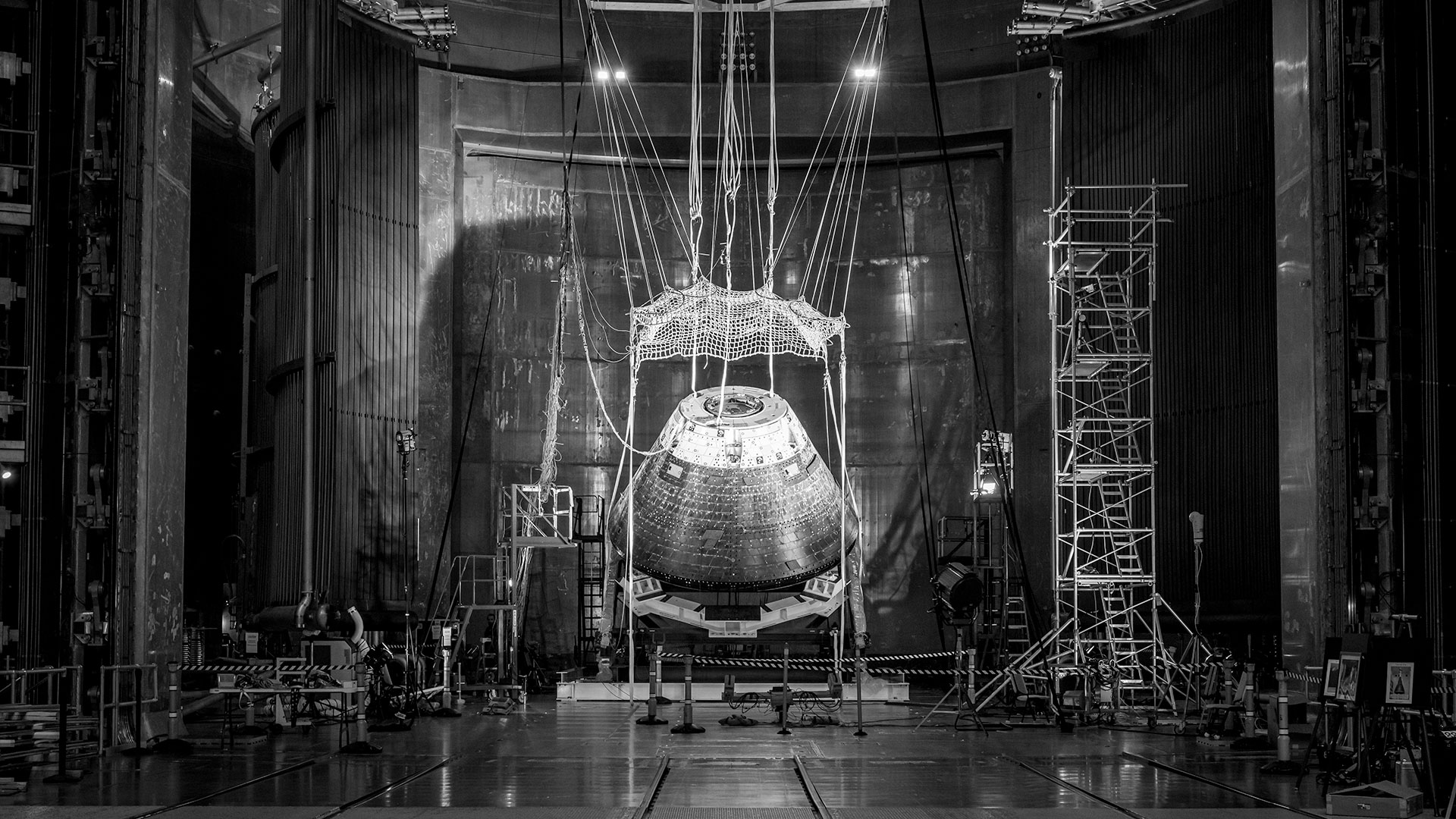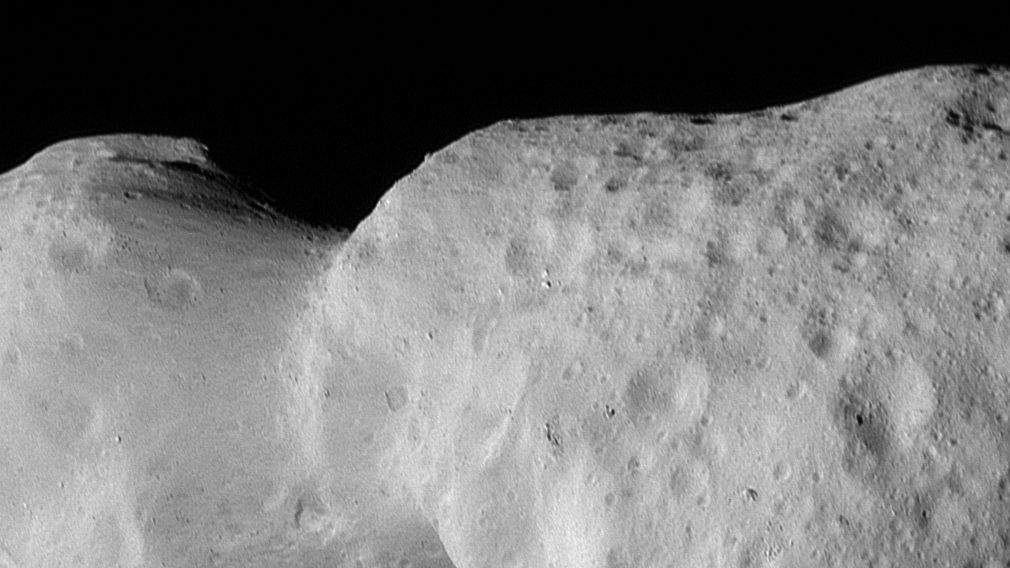What time is Blue Origin's 1st New Glenn rocket launch on Jan. 16?
The first liftoff of New Glenn is now set for no earlier than Thursday, Jan. 16, at 1:00 a.m. EST (0600 GMT).
UPDATE: Blue Origin scrubbed the planned Jan. 13 launch of New Glenn due to a technical issue. It is now targeting Jan. 16, during a three-hour window that opens at 1 a.m. EST (0600 GMT).
Blue Origin is now aiming to launch its first orbital-class rocket no earlier than Sunday (Jan. 12) after a weather delay to usher in a new era for the company. If you're hoping to watch it live, you'll need to know when to tune in.
Founded by billionaire Jeff Bezos, Blue Origin is currently counting down toward a 2:27 a.m. EST (0727 GMT) launch on Monday of its brand-new New Glenn rocket from Space Launch Complex 36 at the Cape Canaveral Space Force Station in Florida. It's the debut flight of what Blue Origin hopes will be a partially reusable workhorse rocket for years to come.
"This is our first flight and we've prepared rigorously for it," Jarrett Jones, Blue Origin's senior vice president for New Glenn, said in a statement. "But no amount of ground testing or mission simulations are a replacement for flying this rocket. It's time to fly. No matter what happens, we'll learn, refine, and apply that knowledge to our next launch." Blue Origin has a wide window in which to launch New Glenn, so here's a look at what time it will fly.
What time is Blue Origin's New Glenn rocket launch?
Blue Origin originally targeted 1 a.m. EST on Friday, Jan. 10, for the launch of its first New Glenn rocket on a mission called NG-1, but that changed less than 24 hours before the planned liftoff.
On Jan. 9, Blue Origin announced that it had postponed the flight to no earlier than Sunday, Jan. 12, at 1 a.m. EST due to rough weather offshore that could affect an attempted landing of the New Glenn first stage on a landing barge. The company then delayed the launch another 24 hours to Monday, Jan. 13 at the same time.
The mission has a three-hour launch window, so Blue Origin could launch New Glenn any time between 1 a.m. and 4 a.m. EST (0900 GMT) on Sunday. A livestream for the launch should begin one hour before liftoff.
Get the Space.com Newsletter
Breaking space news, the latest updates on rocket launches, skywatching events and more!
If Blue Origin is unable to launch New Glenn on Friday, the company could potentially try again through Jan. 16, depending on the nature of the delay and available time to address it.
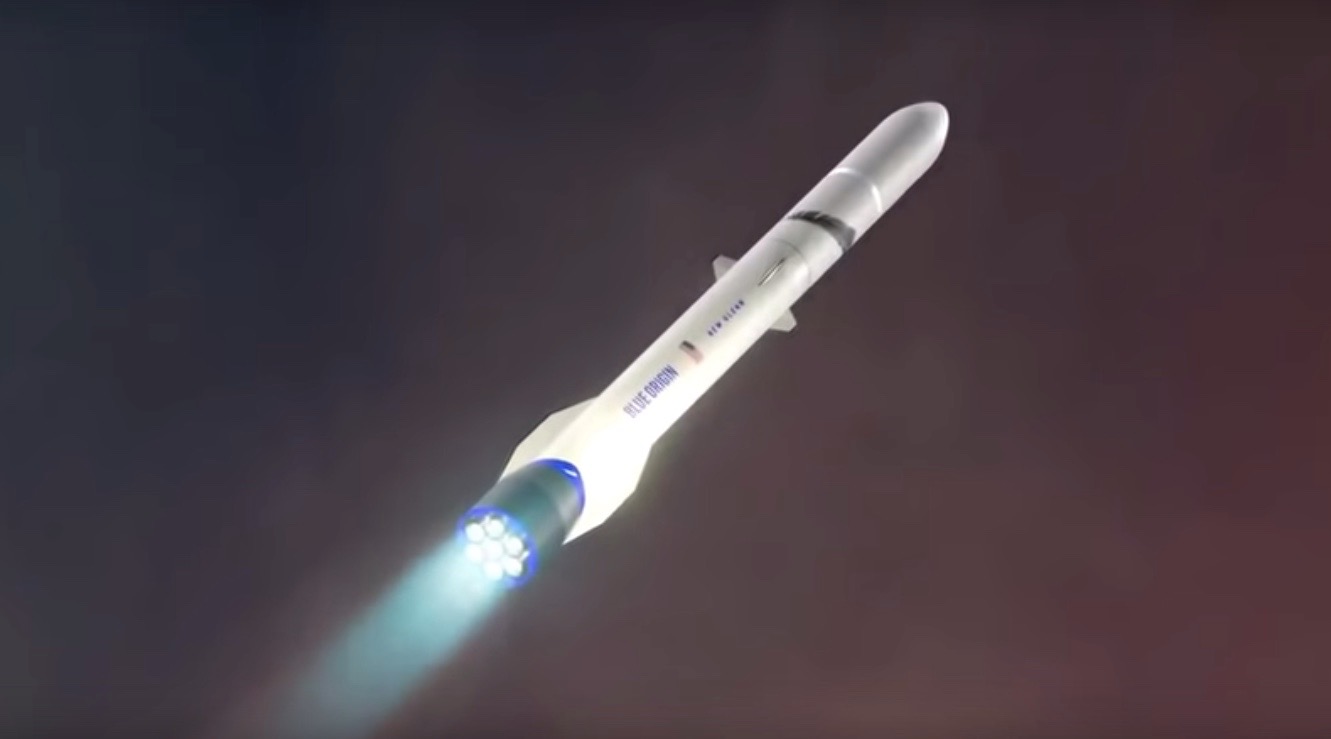
Can I watch Blue Origin's New Glenn rocket launch online?
Yes, you'll be able to watch Blue Origin's NG-1 New Glenn rocket launch live as it happens, but you will have to stay up pretty late (or wake up super early).
Since Blue Origin hopes to launch the NG-1 flight at 1 a.m. EST, its livestream of the event will begin one hour earlier, at 12 a.m. EST (0500 GMT) on Monday.
NOTE: This start time could change if Blue Origin targets a later launch time in its three-hour window.
Blue Origin will stream the launch live on its website, BlueOrigin.com, as well as on its Blue Origin YouTube channel, similar to how the company has treated its crewed and uncrewed suborbital launches using its New Shepard vehicle. You'll also be able to watch the launch live on this page, as well as on the Space.com homepage at the time of launch, webcast permitting.
What is flying on Blue Origin's first New Glenn rocket?
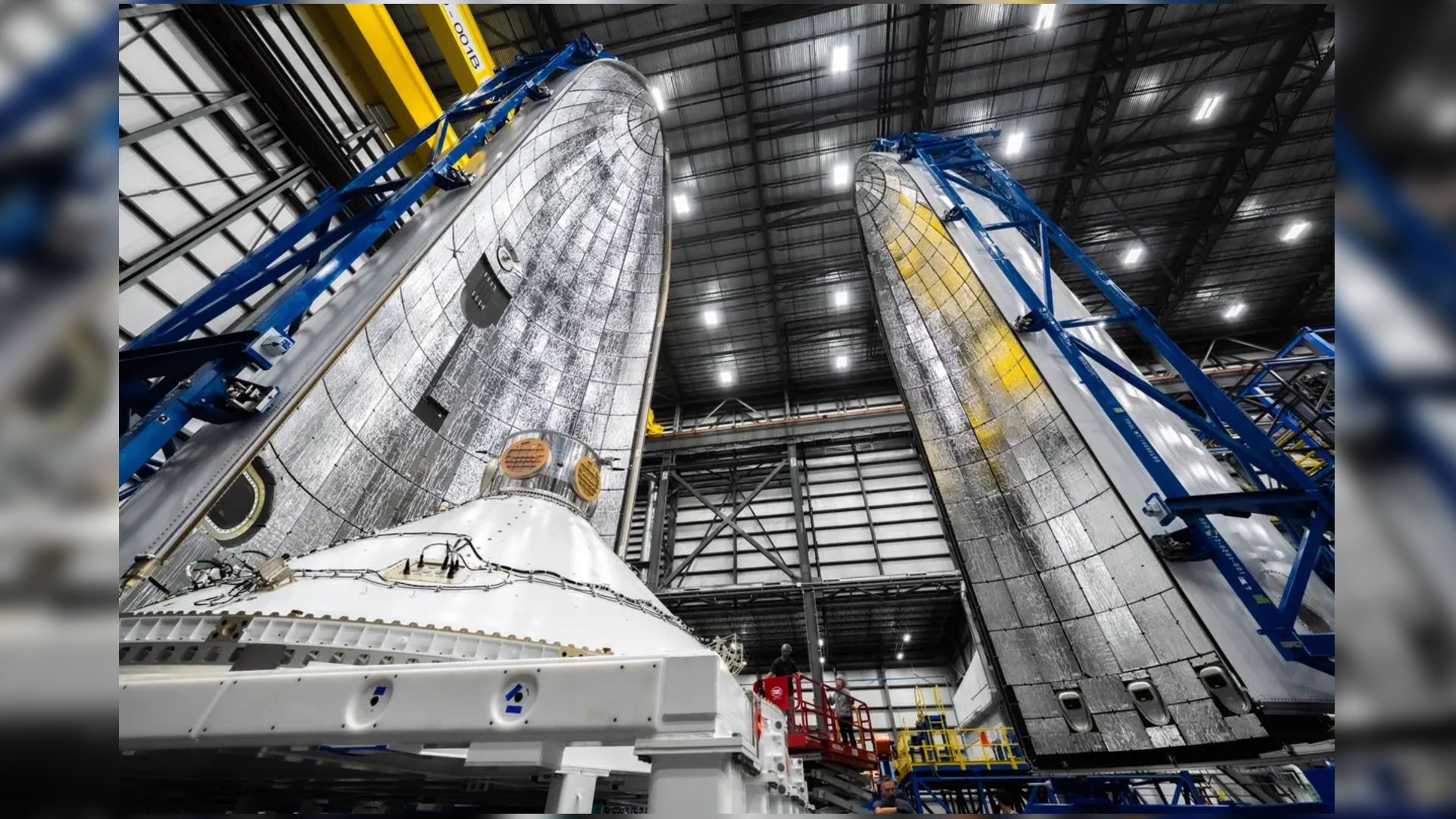
Because Blue Origin's NG-1 New Glenn launch is a test flight, there is no satellite riding atop the rocket. Instead, Blue Origin is flying what it calls the Blue Ring Pathfinder, a prototype for a planned Blue Ring spacecraft that can carry multiple hosted payloads.
The Blue Ring Pathfinder is part of a 45,000-pound (20,411 kilograms) "payload mass simulator" that is riding atop New Glenn. The Pathfinder unit is attached to a fixed adapter flight unit inside the rocket's cavernous shell-like payload fairing.
It may not be as cool as a Elon Musk's Tesla, which launched on SpaceX's first Falcon Heavy rocket back in 2018, but the Blue Ring Pathfinder mass simulator is designed to test New Glenn's performance without risking an actual multimillion-dollar satellite. When operational, Blue Origin's Blue Ring spacecraft "can deliver and host 3,000 kilograms of payloads across 13 ports to destinations in GEO, cislunar, and interplanetary space," the company said in a statement.
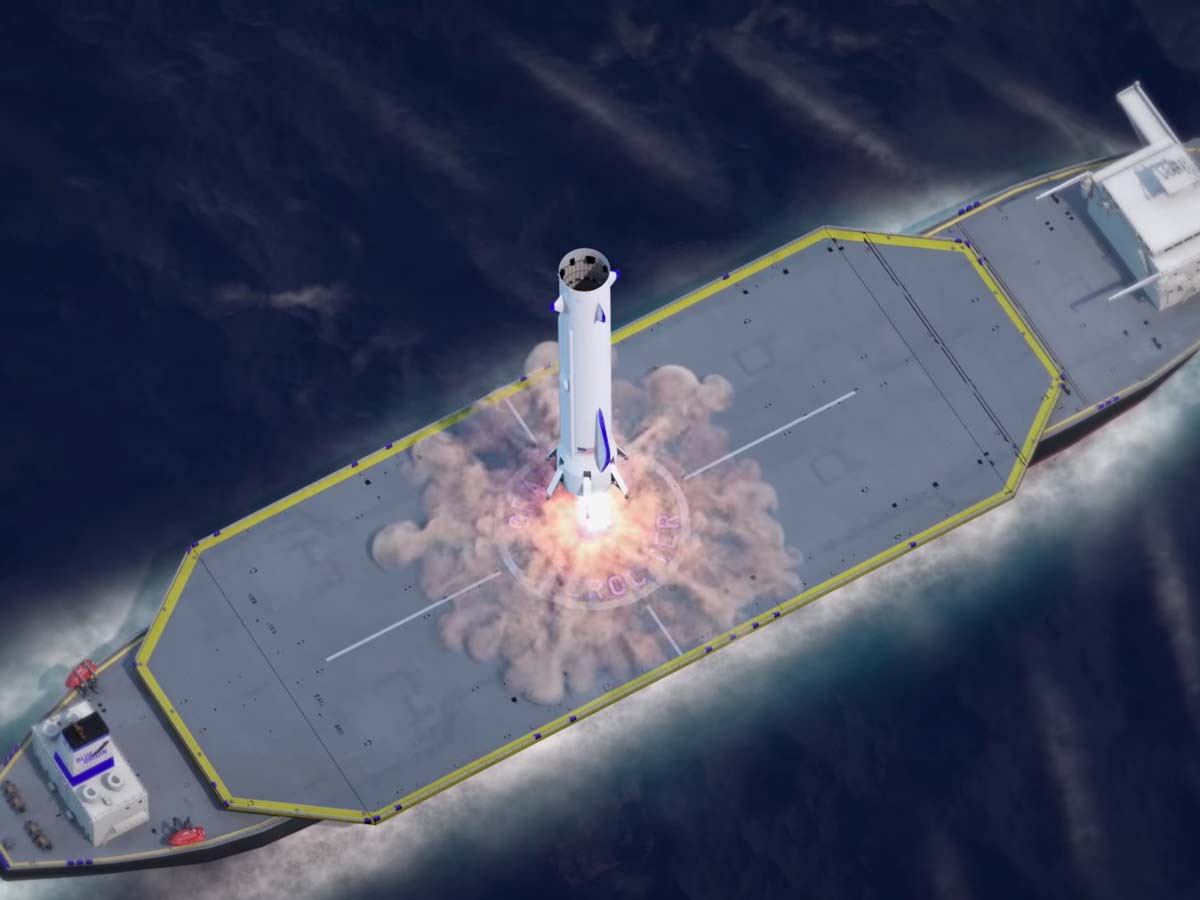
"The spacecraft’s ability to maneuver to multiple orbits and locations, deploy and host payloads, and perform onboard computing and communications will enable groundbreaking missions for a variety of customers," Blue Origin added.
For New Glenn's NG-1 flight, the Blue Ring Pathfinder will remain fixed to the New Glenn upper stage for the duration of its flight.
New Glenn itself is designed to be a flexible heavy-lift rocket for commercial, national security and government payloads. The rocket stands over 320 feet (98 meters) tall and has a fairing nearly 23 feet (7 m) wide, which is larger than the more typical 17-foot (5 m) fairings of other rockets and allows for larger payloads.
The new rocket, named after famed NASA Mercury 7 astronaut John Glenn, is designed to carry payloads of up to 13 metric tons (14.3 tons) to geostationary transfer orbit and up to 45 metric tons (49.6 tons) to low Earth orbit. Its reusable first stage is built to fly at least 25 times, the company has said. The first stage is powered by seven of Blue Origin's BE-4 engines using liquid oxygen and liquified natural gas for propellant, while two of the company's BE-3U engines power the upper stage, running on liquid oxygen and liquid hydrogen.
How long is Blue Origin's first New Glenn rocket launch?
From launch to end of mission, Blue Origin's New Glenn NG-1 flight is expected to last about six hours.
That timeline should begin with launch at 1 a.m. EST, with the rocket taking from between 8 and 10 minutes to reach orbit and return its first stage to Earth. The first stage, which is equipped with landing legs, fins and strakes, is expected to land on a barge nicknamed "Jacklyn" (after Jeff Bezos' mother) in the Atlantic Ocean.
The upper stage, meanwhile, will continue into orbit, likely jettisoning its payload fairing.
"Our key objective is to reach orbit safely," Blue Origin officials wrote in a Jan. 6 update. "We know landing the booster on our first try offshore in the Atlantic is ambitious — but we're going for it. "
What if Blue Origin can't launch New Glenn on Jan. 13?

If Blue Origin is not able to launch New Glenn at 1 a.m. EST on Monday, the company does have options.
First, there is a three-hour window for the mission, so Blue Origin could opt to attempt a launch any time between 1 a.m. and 4 a.m. EST if needed.
If bad weather is the only issue, Blue Origin could try to launch New Glenn's NG-1 mission on another day. While the company has not listed official backup launch days, does allow for a liftoff any day through Jan. 16, according to a Notice to Airmen from the FAA related to the mission. So Blue Origin could try to fly during that time, so long as there are no other conflicts with other missions that will use the Space Force's Eastern Range for rocket launches on the Florida coast. The company's its FAA launch license for New Glenn's first launch is good for five years.
CORRECTION: An earlier version of this report incorrectly stated that Blue Origin's New Glenn NG-1 launch license was only valid through Jan. 12. It is actually valid through 2030.
Join our Space Forums to keep talking space on the latest missions, night sky and more! And if you have a news tip, correction or comment, let us know at: community@space.com.

Tariq is the Editor-in-Chief of Space.com and joined the team in 2001, first as an intern and staff writer, and later as an editor. He covers human spaceflight, exploration and space science, as well as skywatching and entertainment. He became Space.com's Managing Editor in 2009 and Editor-in-Chief in 2019. Before joining Space.com, Tariq was a staff reporter for The Los Angeles Times covering education and city beats in La Habra, Fullerton and Huntington Beach. In October 2022, Tariq received the Harry Kolcum Award for excellence in space reporting from the National Space Club Florida Committee. He is also an Eagle Scout (yes, he has the Space Exploration merit badge) and went to Space Camp four times as a kid and a fifth time as an adult. He has journalism degrees from the University of Southern California and New York University. You can find Tariq at Space.com and as the co-host to the This Week In Space podcast with space historian Rod Pyle on the TWiT network. To see his latest project, you can follow Tariq on Twitter @tariqjmalik.
-
Bobcat It is worth noting that this will be the FIRST attempt by Blue Origin to reach true outer space or escape velocity. Yet they have managed to secure billions in NASA and federal contracts for spaceflight. Doesn't that seem odd?Reply -
COLGeek Reply
Not odd. It takes years and a lot of resources to develop a viable launch platform. It is also highly desirable to have more than one provider.Bobcat said:It is worth noting that this will be the FIRST attempt by Blue Origin to reach true outer space or escape velocity. Yet they have managed to secure billions in NASA and federal contracts for spaceflight. Doesn't that seem odd?

